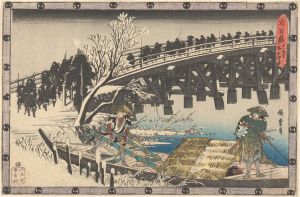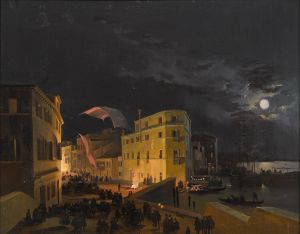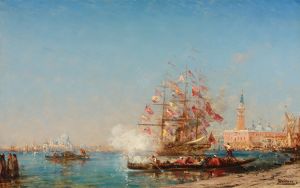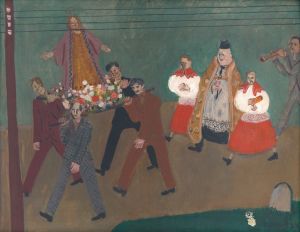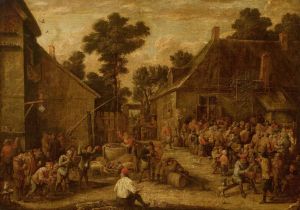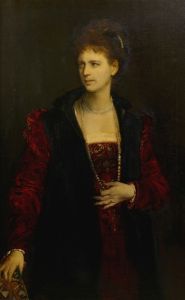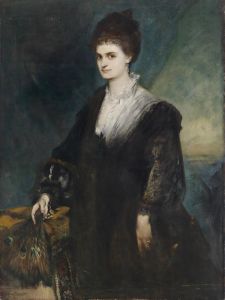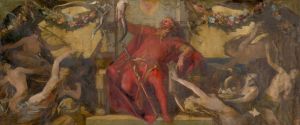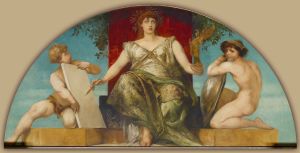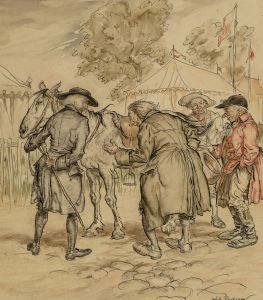
Entwurf zum Festzug 1879 – Die Bierbrauer
A hand-painted replica of Hans Makart’s masterpiece Entwurf zum Festzug 1879 – Die Bierbrauer, meticulously crafted by professional artists to capture the true essence of the original. Each piece is created with museum-quality canvas and rare mineral pigments, carefully painted by experienced artists with delicate brushstrokes and rich, layered colors to perfectly recreate the texture of the original artwork. Unlike machine-printed reproductions, this hand-painted version brings the painting to life, infused with the artist’s emotions and skill in every stroke. Whether for personal collection or home decoration, it instantly elevates the artistic atmosphere of any space.
Hans Makart was an Austrian painter known for his influence on the Viennese art scene during the late 19th century. One of his notable works is "Entwurf zum Festzug 1879 – Die Bierbrauer," which translates to "Design for the Parade 1879 – The Brewers." This piece was part of a larger project that celebrated the silver wedding anniversary of Emperor Franz Joseph I and Empress Elisabeth of Austria. The event was marked by a grand parade in Vienna, showcasing various trades and guilds, with Makart being commissioned to design the floats and costumes.
Makart's involvement in the 1879 parade was a testament to his prominence in Vienna's cultural life. He was known for his ability to blend historical themes with a sense of theatricality, which made him an ideal choice for such a public and celebratory event. The parade was not just a display of loyalty to the imperial couple but also a demonstration of the cultural and economic vitality of the Austro-Hungarian Empire.
The "Die Bierbrauer" design specifically highlighted the brewing industry, which was an important sector in Austria. Beer brewing had a long tradition in the region, and the inclusion of brewers in the parade underscored their significance in the local economy. Makart's design would have likely included elaborate costumes and decorations that reflected both the historical importance and the contemporary success of the brewing trade.
Makart's artistic style was characterized by its opulence and attention to detail, often incorporating rich colors and dynamic compositions. Although the specific details of the "Die Bierbrauer" design are not extensively documented, it can be inferred that Makart applied his signature style to create a visually striking representation of the brewers. His work on the parade designs was well-received, further cementing his status as a leading artist of his time.
The 1879 parade was a significant cultural event in Vienna, drawing large crowds and receiving extensive coverage in the press. Makart's contributions were a highlight, showcasing his ability to merge art with public spectacle. His designs for the parade, including "Die Bierbrauer," were part of a broader trend in his career where he engaged with large-scale public projects, reflecting the grandeur and aspirations of the Austro-Hungarian Empire during this period.
Overall, "Entwurf zum Festzug 1879 – Die Bierbrauer" exemplifies Hans Makart's role in the cultural life of Vienna and his capacity to capture the spirit of his time through art. His work on the 1879 parade remains a notable example of how art and public celebrations were intertwined in the late 19th century, contributing to the rich tapestry of Viennese cultural history.





